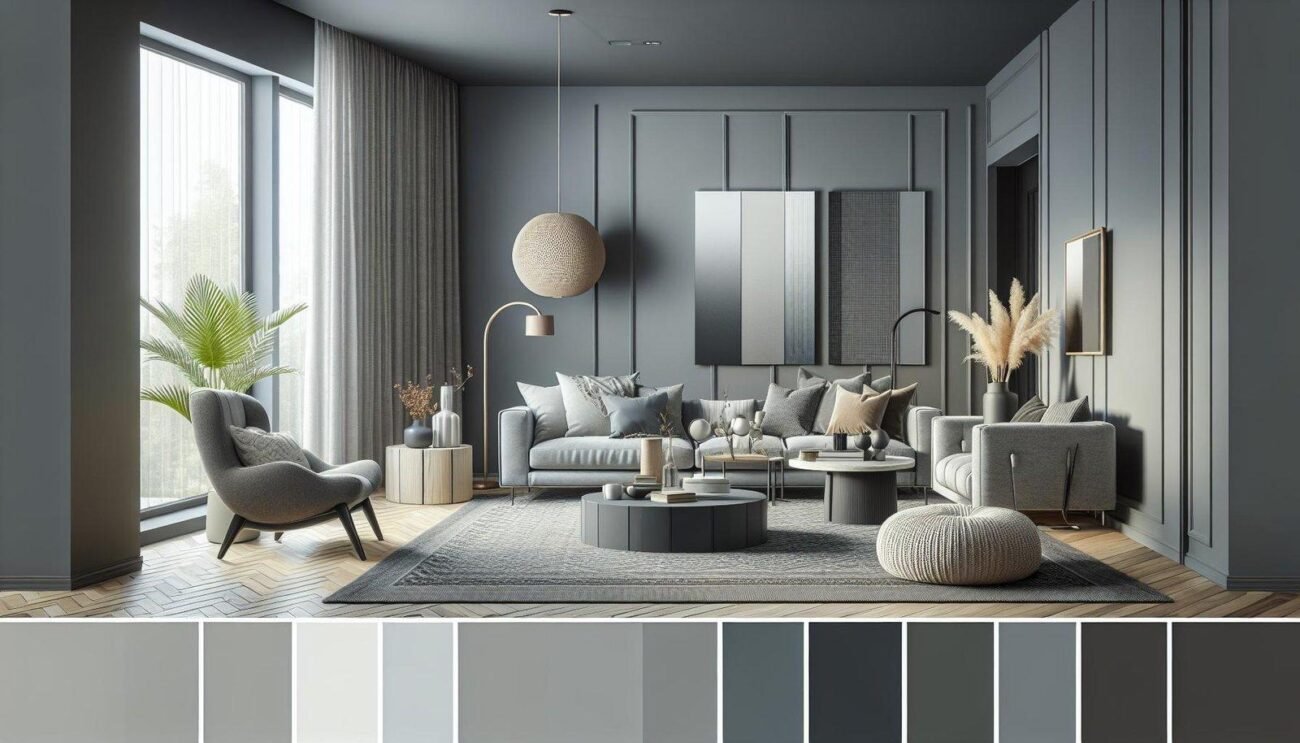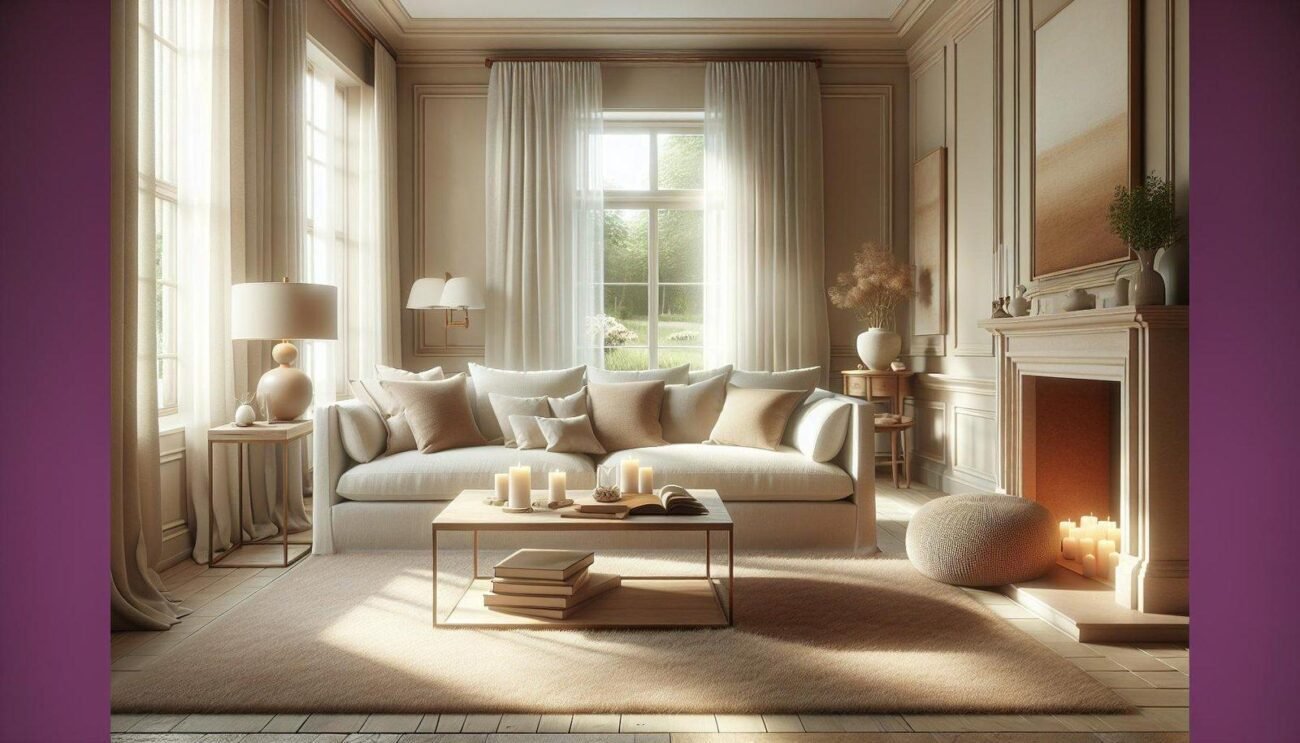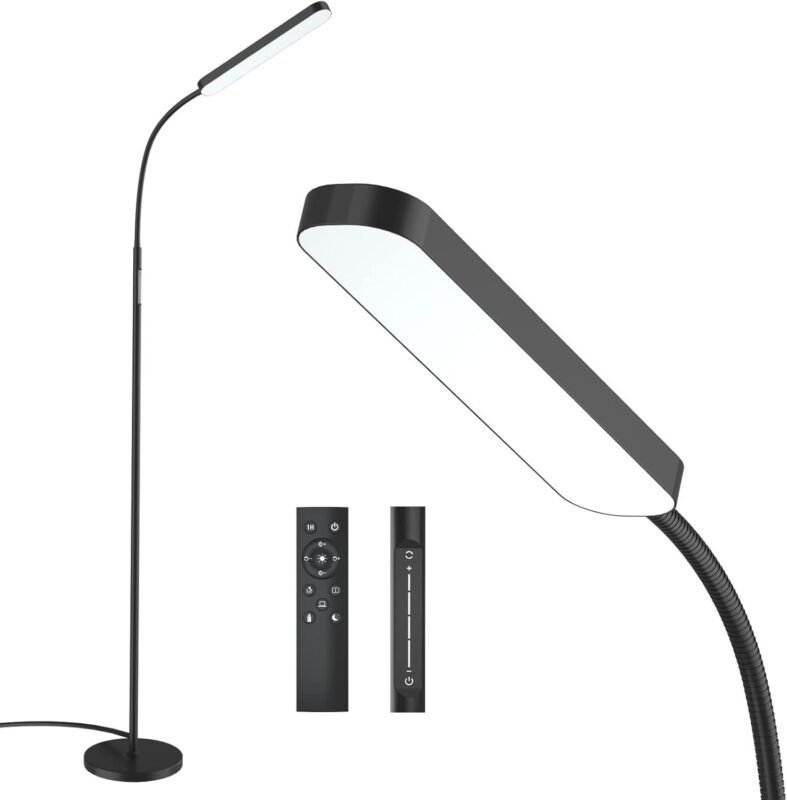Do neutral color palettes make a room feel bigger?
When it comes to designing a room that feels open and inviting, color choice plays a crucial role. Neutral color palettes—think soft beiges, warm grays, and creamy whites—have long been favored by interior designers for their ability to create a calming and versatile backdrop. But beyond aesthetics, many wonder: do neutral colors actually make a room feel bigger? In this article, we’ll explore the science and psychology behind neutral hues and how they can visually expand your living space, helping you make the most of every square foot.
How Neutral Colors enhance Visual Space in Any Room
Neutral colors, such as soft beiges, warm grays, and creamy whites, work wonders in visually expanding a room by reflecting natural and artificial light more efficiently than darker or more saturated hues.These shades create an airy atmosphere, which minimizes distractions and opens up the space, making it feel more spacious and inviting. When walls, ceilings, and even large furnishings are painted in neutral tones, the boundaries of the room seem to blur, allowing the eye to move freely without interruption.
Beyond their light-reflecting properties, neutral color palettes provide a versatile backdrop that complements various decor styles without overwhelming the senses. This calm and cohesive look helps to reduce visual clutter, which frequently enough makes smaller spaces feel cramped. Key benefits of using neutral colors include:
- Enhancing natural light distribution
- Creating a seamless flow between rooms
- Allowing accent colors and textures to stand out
- Providing a timeless and adaptable aesthetic
| Color | Impact on Space | Best Use |
|---|---|---|
| Warm Beige | Softens edges, creates warmth | Living rooms, bedrooms |
| Cool Gray | Modern, clean feel | Kitchens, bathrooms |
| Off-White | Maximizes brightness | Small spaces, hallways |
Choosing the Right Shades to Maximize Room brightness
When aiming to amplify the natural light in a room, selecting the right shades from the neutral palette is essential. Lighter neutrals such as soft creams, pale grays, and muted beiges effortlessly reflect sunlight, giving the space an airy and expansive feel. On the other hand, deeper neutrals like charcoal or warm taupes can add depth but may absorb more light, possibly making smaller rooms feel cozier rather than open. balancing these shades carefully ensures that you get sufficient brightness without sacrificing warmth or personality.
Consider incorporating a mix of these neutrals across different elements in your room. Walls painted in a crisp off-white combined wiht medium-tone furniture allow light to bounce around the space freely.Additionally, textiles in varied neutral hues with subtle contrasts add dimension without overwhelming the senses. To simplify your choices, here’s a quick guide to help you decide which shades maximize brightness and which you might want to use sparingly:
| shade | Effect on Brightness | Recommended Use |
|---|---|---|
| Soft Cream | High reflection, brightens space | Wall paint, ceilings |
| Muted Beige | Moderate warmth with light bounce | Furniture, rugs |
| Pale Gray | Cool reflection, maintains brightness | Accessories, textiles |
| Warm Taupe | Softens light, adds depth | Accent walls, upholstery |
| Charcoal | Absorbs light, cozy feel | Feature pieces, décor accents |
- Use lighter shades on large surfaces to maximize light reflection.
- Introduce medium neutrals to create visual interest without darkening the space.
- Reserve darker neutrals for small touches to avoid closing in the room.
Combining Textures and Neutrals for Added depth
Layering different textures within a neutral color scheme breathes life into a space without overwhelming it. By mixing materials such as soft linens, woven baskets, sleek metals, and natural woods, you create a tactile experience that adds depth and warmth. The subtle contrast between these elements keeps the eye engaged and enhances the feeling of openness without disrupting the calming effect neutrals provide.
To effectively combine textures and neutrals,consider incorporating:
- Textured throws and cushions: These introduce softness and comfort.
- Natural fiber rugs: Grasscloth or jute rugs bring in earthy tones and visual interest.
- Matte and glossy finishes: Pairing a matte wall with a glossy vase or frame adds an elegant dynamic.
- Layered curtains: Sheer and linen curtains allow light diffusion and a multidimensional look.
| Texture Type | Example | Effect |
|---|---|---|
| Soft | Velvet cushions | Invites coziness |
| Rough | Woven baskets | Adds rustic charm |
| Smooth | glass decor | Enhances light flow |
| Natural | wooden furniture | Warms the space |
Practical Tips for Using Neutral Palettes to Open Up Small Spaces
When aiming to visually expand a small room with a neutral palette, layering different shades of beige, gray, or off-white can create depth and dimension. Avoid using a single flat color; instead, mix textures and tones through paint, fabrics, and furnishings to prevent the space from feeling monotonous or washed out.For example, pair a soft dove-gray wall with a warm ivory rug and a linen sofa in a pale taupe. This subtle variation tricks the eye into perceiving more space without overpowering the room’s natural light.
In addition to colors,thoughtfully incorporating reflective and lightweight elements enhances the spacious sensation. Consider adding mirrored accents or glass furniture to bounce light around the room. Keep the décor minimal and opt for streamlined, slender-profile furniture to maintain openness. Below is a quick reference table to balance texture and tone effectively:
| Element | Recommended Neutral Shades | Texture Tips |
|---|---|---|
| Walls | Soft gray, warm beige | Matte or eggshell finish |
| Furniture | Light taupe, cream | Natural linen, smooth leather |
| Accents | ivory, greige | Woven baskets, glass surfaces |
Wrapping Up
while neutral color palettes alone may not physically enlarge a room, they certainly create an airy, open atmosphere that can make the space feel more expansive and inviting. By reflecting natural light and providing a clean,cohesive backdrop,neutrals help minimize visual clutter and enhance the perception of space.When combined with thoughtful design choices like strategic lighting, mirrors, and minimalistic furnishings, neutral tones become a powerful tool to maximize a room’s sense of size and comfort. so, if you’re aiming to make your room feel bigger, consider starting with a neutral palette—it’s a simple yet effective foundation for creating a fresh and spacious environment.












